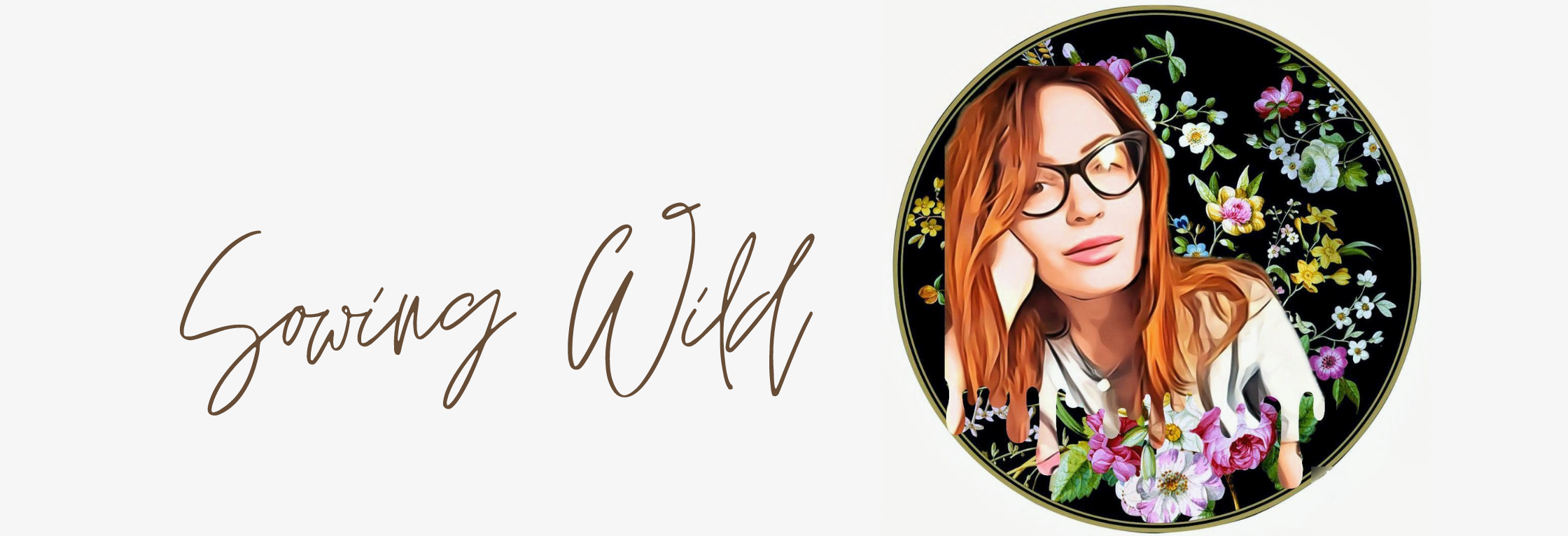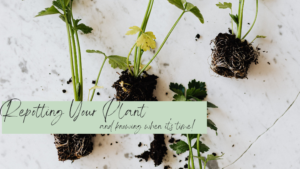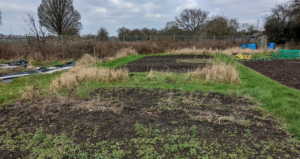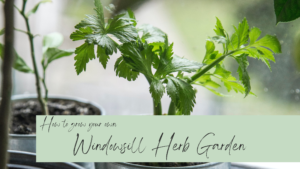A season of new beginnings;
September seems to have swept in deftly; bringing with it rainy days, cooler nights and a bold change of season that you would barely have noticed if you weren’t paying attention.
It seems strange to me that Summer seems to have passed so quickly. It feels like only yesterday I was pulling open seed packets at the beginning of the growing season, excited to sow my summer vegetables and looking forward to warmer days.

Friday the 16th will be my very last day working behind a desk, perhaps for good.
For the past three and a half years, I’ve worked a desk job that has brought me less and less joy as time has gone on.
I used to love logging onto a computer every morning and spending my day talking to people, answering questions about upcoming fundraising events and making sure everyone had what they needed.
Unfortunately, my position has slowly become unrecognisable to what it once was; and I’ve felt less like I’m helping people and more like a mouse on a particularly unsightly wheel.
 I always feel that Autumn stands for change; and is a stark reminder that change is necessary for growth.
I always feel that Autumn stands for change; and is a stark reminder that change is necessary for growth.
I’ve spent more time than ever this year in nature, grounding myself with my bare feet and a craving to become closer to what brings life to the world around us. I want to know everything.
Before this year, I never really thought about the different seasons, other than if it wasn’t Summer, then it was winter – and it felt like there was no in between.
It’s only when I started learning about horticulture and getting involved in growing different plants and crops that I finally started to understand the more subtle changes of my environment and why they happen.
The falling of the leaves, for example, is vital for the soil that feeds the plants around us; and without those nutrients next year’s blooms wouldn’t be nearly so beautiful.
The Earth needs change to grow and so do we – humans are part of nature, after all.
For me, this has never rung more true than now. This month brings a bittersweet ending and a compelling new beginning, as I start a full time gardening position, and I’ll be able to dedicate a full working week to horticulture!
I also start to attend my Practical Horticulture course with the Royal Horticultural Society; which starts on the 24th of the month.
Between my new job, the course, my personal allotment, garden, and ever-growing collection of houseplants… I’ll have my work cut out and I cannot wait to get stuck in!
September also brings a change to the garden.
Over the next few weeks, bright summer blooms will begin to fade and will be replaced by late flowering plants such as Rudbeckia, Helenium, and Sedum; which come in beautiful shades of oranges, yellows, and reds that will compliment the season in your garden beautifully.
Harvests are plenty in both my allotment and home greenhouse, while the frantic sowing through the summer weeks has slowed – but not stopped!




In terms of sowing, I’ve started off a surprising amount of seeds.
Growing along nicely under the shelter of the greenhouse are Lupins, Foxgloves, Limnanthes, and Dianthus.
Sown very recently, I have Sweet peas, Nigella, and Aquilegia, which have just started to pop up through the compost.
September is a great month for sowing hardy plants under cover, from hardy annuals, perennials, and biennials.
Hardy plants are able to withstand some frosts, and I’m trying out quite a few this year.
September sowing
While usually sown in the Spring, hardy seeds can be sown to get a head start on growth through the winter and will be ready to flower early in Spring where you’d usually only just be sowing.
According to most gardening groups/Youtubers etc. I follow, you can sow almost any hardy seeds in Autumn – although I’m not brave enough to try to over winter anything outside the greenhouse!
As well as the seeds I’ve already sown I’ll be experimenting with some other flowers, including Nasturtiums, Forget-Me-Not’s, Echiums and Rudbeckia.
This is my first year with the greenhouse and my first year over-wintering anything, and I am excited!
And finally the allotment in September:


On top of the base layer goes compost… Et voila!



